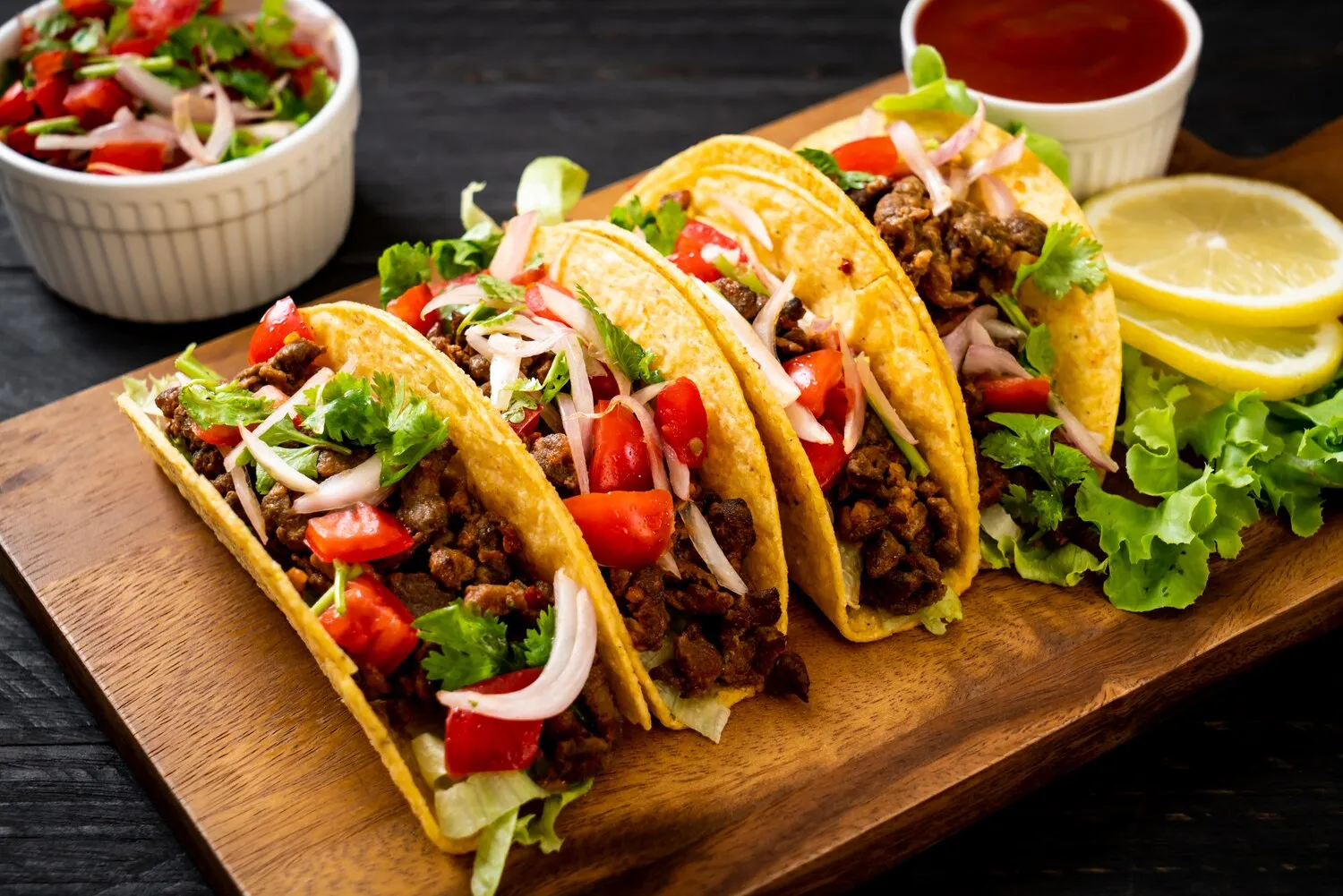
Green Chili
Slow simmered pork, green chilies, and spices.
Nutrition Facts
* The % Daily Value (DV) tells you how much a nutrient in a serving of food contributes to a daily diet. 2,000 calories a day is used for general nutrition advice.
Rainbow Restaurant
Green chile stew's history is deeply intertwined with the Spanish colonization of the American Southwest, particularly New Mexico. Spanish settlers brought chili peppers, which were then cultivated and adapted by Native American communities. The combination of pork, a readily available protein, with locally grown green chiles became a staple, evolving over centuries into the dish we know today. It reflects a fusion of Spanish, Native American, and Mexican culinary traditions.
Green chile stew is more than just food in New Mexico; it's a cultural symbol and a source of regional pride. It represents community, tradition, and the unique Southwestern identity.
State Question
It's famously said that New Mexico's 'state question' is 'Red or Green?', referring to the choice between red chile sauce and green chile sauce. This highlights the chile's importance in everyday life.
Family Recipes
Many families have their own closely guarded recipes for green chile stew, passed down through generations. These recipes often vary in terms of spice levels and specific ingredients.
Festivals and Celebrations
Green chile is celebrated at numerous festivals throughout New Mexico, particularly during the harvest season. These festivals often feature green chile roasting, cooking contests, and cultural performances.
Comfort Food
Green chile stew is considered a quintessential comfort food in New Mexico, often enjoyed during colder months and as a remedy for colds and other ailments.
The dish offers a complex flavor profile dominated by the earthy, spicy, and slightly sweet taste of roasted green chiles. Savory pork complements the chile's heat, while spices add depth and warmth.
The primary flavor is driven by the green chiles, specifically Hatch chiles from New Mexico, known for their unique flavor profile that varies depending on the heat level. The slow simmering of pork (often shoulder or butt) creates a tender, rich base. Common spices include garlic, onion, cumin, oregano, and sometimes coriander. Some variations include tomatoes or tomatillos for added acidity and sweetness. The overall effect is a savory, spicy, and comforting stew with a balance of heat and earthy flavors.
Chile Selection and Roasting
Use fresh, high-quality green chiles, preferably Hatch chiles if available. Roasting the chiles is essential for developing their smoky flavor. Roast until the skins are blistered and blackened, then steam to loosen the skins before peeling.
Pork Selection and Preparation
Use a cut of pork that benefits from slow cooking, such as pork shoulder or pork butt. Cut the pork into bite-sized pieces and sear it before adding it to the stew for enhanced flavor.
Spice Levels
Adjust the amount of chile and spices according to your personal preference. Start with a smaller amount and add more as needed. Remember that the heat level of green chiles can vary significantly.
Simmering Time
Allow the stew to simmer for at least a few hours, or even longer, to allow the flavors to meld and the pork to become tender. The longer it simmers, the richer the flavor will be.
Thickening
If you prefer a thicker stew, you can add a small amount of masa harina (corn flour) or cornstarch to the stew during the last 30 minutes of simmering.
Explore additional New Mexican dishes and restaurants
Explore New MexicanDiscover top dining spots and culinary experiences in Fort Collins.
Explore Fort CollinsLearn more about the food culture, restaurant scene, and culinary heritage of United States.
Explore United States